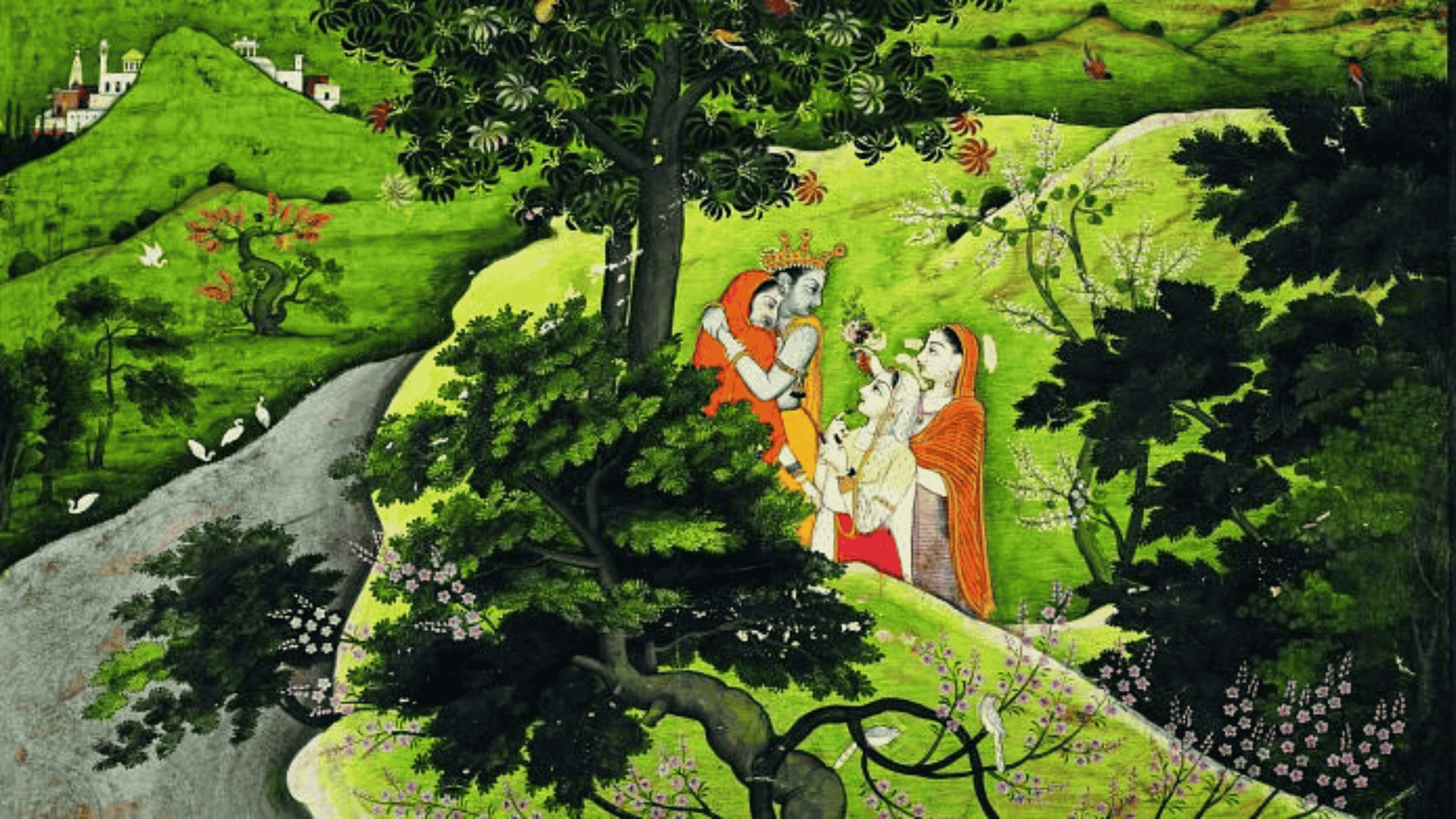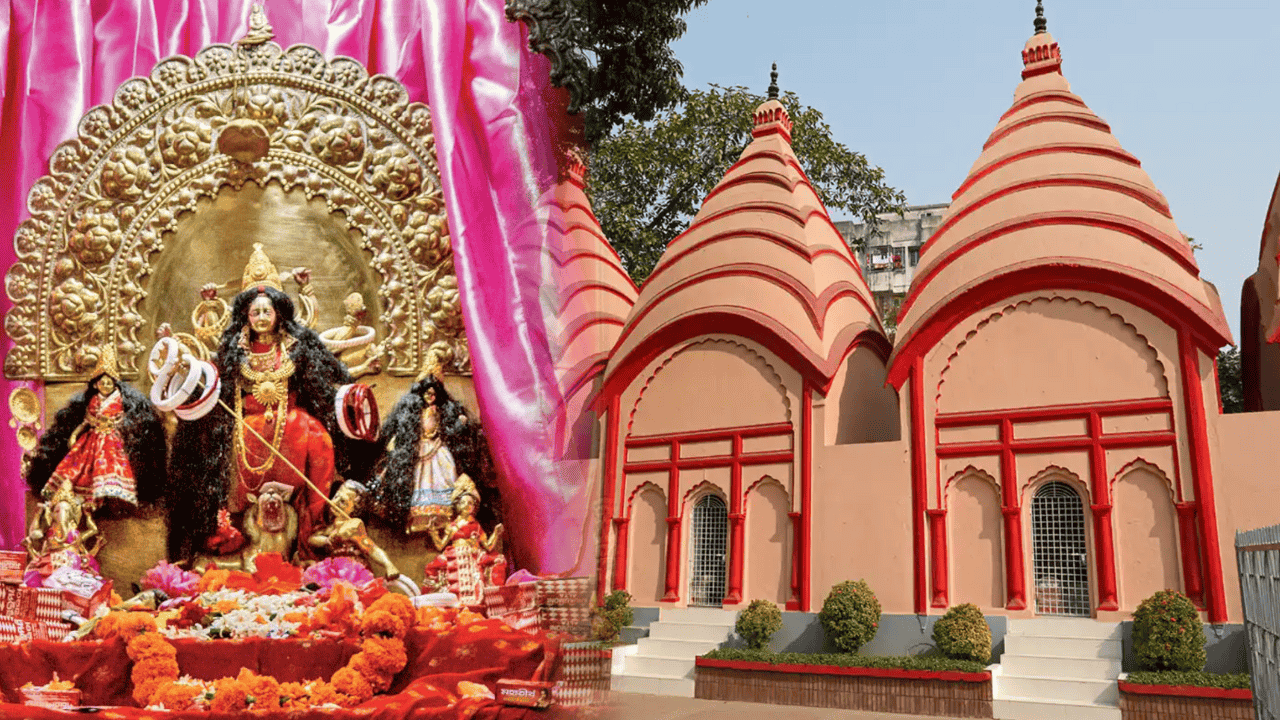Explore Kangra painting-Himachal Pradesh’s iconic art form rooted in nature, love, and devotion. Key daily GK update for competitive exams | Atharva Examwise
Kangra Painting: Nature, Love, and Beauty at the Heart of Indian Art | Current Affairs March 2025
Introduction
Kangra painting, a celebrated school of Indian miniature art, is renowned for its lyrical beauty, naturalistic style, and evocative themes of love, devotion, and the splendor of nature. Originating in the 18th century in Himachal Pradesh, this art form is a vital topic for “current affairs March 2025” and a frequent feature in “daily GK update” sections for UPSC, SSC, Banking, and other competitive exams. Discover why Kangra painting remains a cultural treasure and a must-know “competitive exam news” topic.
Historical Background and Evolution
Origins: Kangra painting emerged in the mid-18th century, evolving from the earlier Basholi and Guler styles as Mughal-trained artists migrated to the Himalayan foothills, particularly under the patronage of Raja Sansar Chand of Kangra (r. 1776–1824)137.
Centers: Main centers included Kangra, Guler, Basohli, Chamba, Nurpur, and later spread to Mandi, Suket, Kullu, Arki, Nalagarh, and Tehri Garhwal139.
Golden Age: The art flourished under Raja Sansar Chand, who provided generous patronage, attracting master artists like Nainsukh and Manaku, whose works are now in international museums138.
Unique Features of Kangra Painting
Themes: Central themes include nature, romantic love (especially Radha-Krishna), devotion, and mythological stories from texts like the Bhagavata Purana, Gita Govinda, and Baramasa2410.
Nature and Landscape: Lush greenery, rolling hills, rivers, flowering trees, and wildlife are meticulously depicted, often forming poetic backdrops to human emotions134.
Feminine Beauty: Female figures are rendered with grace and delicacy-soft features, expressive eyes, and elegant postures, embodying the ideal of Indian beauty278.
Color and Technique: Artists used natural pigments from minerals and vegetables, creating cool, fresh tones with an enamel-like luster. Brushes were often made from bird feathers, and special handmade paper was used149.
Detail and Finesse: Paintings are noted for their fine lines, intricate detailing, and harmonious blending of form and color168.
Materials and Methods
Natural Colors: Extracted from minerals and plants-indigo for blue, lac for red, kohl for black49.
Brushes: Crafted from the feathers of local birds, such as the Turtle Dove14.
Paper: Handmade from organic waste of deodar trees, ensuring durability and texture1.
Gold: Sometimes used for embellishments, adding richness to the artwork1.
Key Takeaways: Kangra Painting at a Glance
Developed in the 18th century in Himachal Pradesh, especially Kangra and Guler13.
Patronized by Raja Sansar Chand, leading to its golden age138.
Themes: Nature, romantic love (Radha-Krishna), mythology, feminine beauty2410.
Techniques: Natural pigments, handmade paper, bird-feather brushes149.
Centers: Spread from Kangra to Chamba, Nurpur, Mandi, Kullu, and beyond139.
Recognized with Geographical Indication (GI) status in 2012138.
Noted for lyrical, soft, and naturalistic style with intricate detail168.
Featured in international museums and collections138.
Preservation and Modern Relevance
Kangra painting is now protected under the Geographical Indication Act, and efforts are ongoing to teach and preserve this heritage in Himachal Pradesh’s schools and art institutions138. The art continues to inspire and is occasionally presented as diplomatic gifts, highlighting its global recognition13.
Why this matters for exams
Kangra painting is a frequent topic in UPSC, SSC, and Banking exams under art and culture, making it essential for “daily GK update” and “competitive exam news.”
Questions may cover its origin, themes, techniques, and historical patrons.
Understanding Kangra painting enriches knowledge of India’s cultural diversity and artistic achievements, a key area for aspirants of all competitive exams.
Stay tuned with Atharva Examwise current news for more such important updates on India’s art, culture, and current affairs March 2025!







